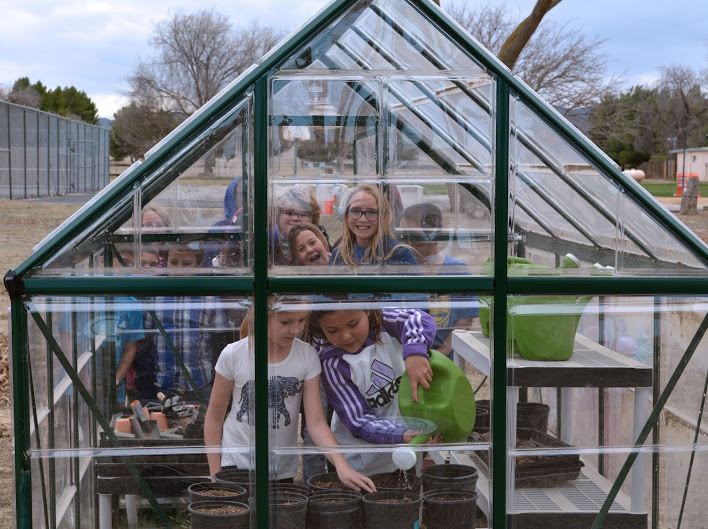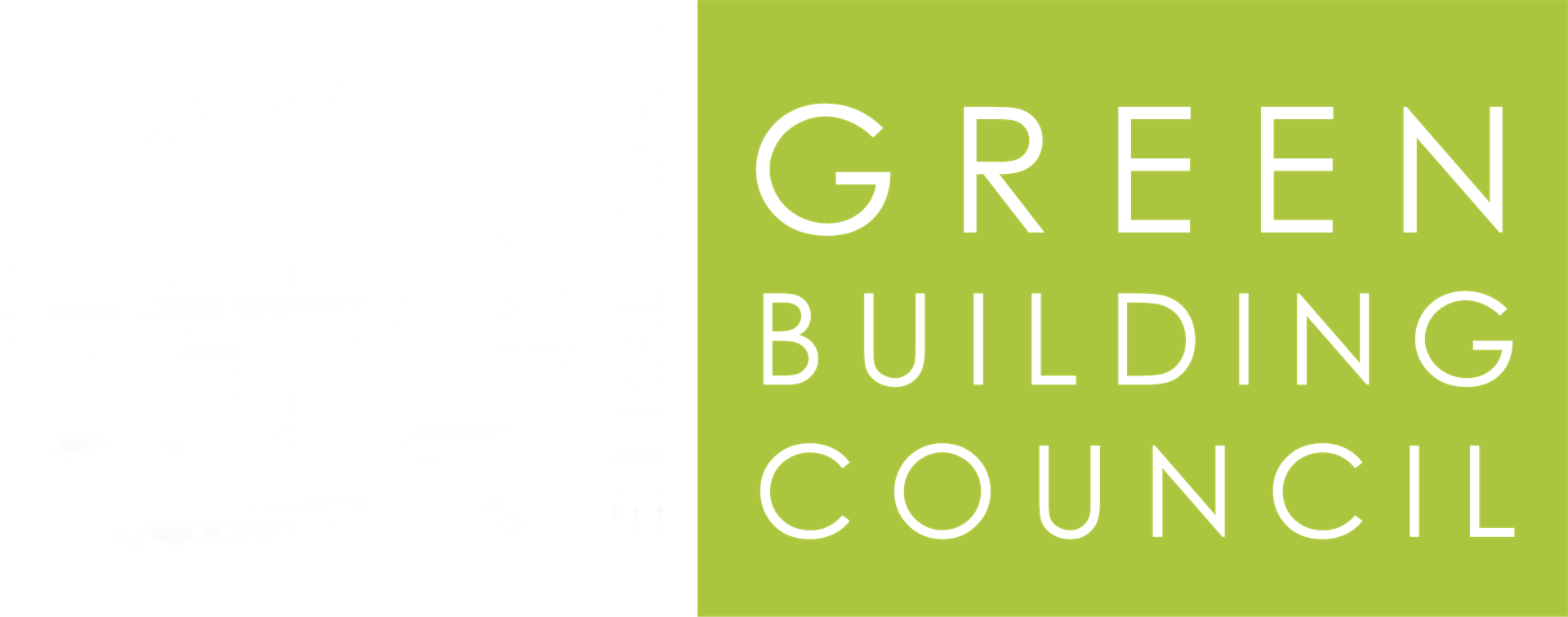GREEN SCHOOLS
Join the effort to make our schools more healthy and productive for the next generation.
Schools are the heart and soul of our communities with 20% of our nation attending schools every day. Green schools can save money in operations and maintenance to hire new teachers, computers, and textbooks. The Green Schools Steering Committee's goal of inspiring green school advocates is key to ensuring that students attend high-performing schools that offer a nurturing learning environment and use less money on energy and water - saving taxpayer money for better uses like textbooks, computers, and more teachers.
GREEN SCHOOLS PROGRAMS |
Green Schools Resources
Enjoying our Resources? Join as a CCGBC Member or login to access our Resources Database that are specific for all regions as well as national and international resources/rebates/education/advocacy... CCGBC Resources Database |



